The Building Innovation Hub and the USGBC National Capital Region hosted a webinar to discuss how DC’s building practitioners—in both design and operations—are simultaneously addressing immediate occupant needs around the current pandemic while also considering long-term implications of those decisions on overall building performance.
Recorded December 3, 2020
Guest speakers included:
- Tommy Wells. Director, DC Department of Energy & Environment
- Mark Bryan. Director, National Capital Region Community, USGBC
- Lee Dunfee. Managing Director, Cushman & Wakefield
- Linda Toth. Senior Consultant, Sustainability, Arup
These are major takeaways from that discussion.
1. The role of the engineer is more public-facing than ever
The current pandemic has brought a renewed focus on the basics of mechanical design and operations. “From an operations perspective, the fundamentals of HVAC got pushed to the forefront … you can build the best system in the world, but if it’s not set up and commissioned and delivered properly than it’s not going to perform well, and the health and wellness benefits associated with it may not be there as well,” Dunfee commented.
Whether it be through design or operations, there has been increasing attention on the role that engineers play. “Our mechanical engineers, I don’t think, have ever had gotten this much face time with their clients as they have in these past few months now,” Toth noted.
With an increasing desire for more transparency into a building’s indoor air quality, engineers need to provide information and education about what is possible with a building’s existing systems to ownership and explain what the data outputs mean to occupants to increase their comfort level in entering buildings or returning to work. In particular, operators need to be ready to communicate more publically about their building’s performance, both in terms of health metrics and in terms of energy use.
2. Data management and communication is key
There is now more data than ever on how a building is operating, but that means it’s critical to synthesize, prioritize, and communicate which data points are important. “From a data perspective, our teams are so bombarded with preventative maintenance data, tenant service data, emergency preparedness data, along with energy data and building automation system data. It’s truly a balance,” Dunfee commented.
Therefore, operations teams must develop clear strategies for managing the information in ways that are meaningful and actionable. “Having the sensors is one thing… but making sure there’s a plan in place to do something with the data is another thing … we collect so much data but have a long way to go to make it really useful,” Toth noted.
Dunfee noted that data can be incredibly powerful, noting that the use of real-time energy metering is an effective strategy to understanding building performance. “It’s the blood pressure of the building. The building might look great, it might feel great, but we need to know what’s really going on with the building. Couple that with long-time benchmarking data and energy use trends of the building with that actionable daily data—it’s really powerful.”
3. There is a need for a longer transition between building design and operations teams
The building industry is incredibly segmented by discipline and by lifecycle points—the transition between phases is usually brief and results in a lack of knowledge transfer. According to Dunfee, “It’s the single biggest deficit I see in building operations teams—it was not handed off properly.”
Both Toth and Dunfee commented on the need for a longer transition period between design and operations, which would allow the design team to effectively communicate design intent with the operations team and take onus over the operations. Dunfee commented that what operators need is, “A seat at the design table … they’re very important conversations to have, about everything from what’s the expectation of the system, why are we putting this type in, and then what the operations and maintenance requirements are around that once the building is just operating.”
Toth agreed, stating that in order to ensure buildings are operating as intended, “It would be wonderful to see the design team have more buy-in and ownership into the operations of a building.”
For more resources
- Read the related Hub articles.
- Health And Wellness Meet Energy Performance. Outlines viable building retrofits and operational strategies to promote a healthier occupant experience while demonstrating the potential impact they have on energy consumption.
- Property Manager’s Priority Action Playbook. Lists actions for building management teams to prioritize energy efficiency.
- Subscribe to the Hub newsletter.

